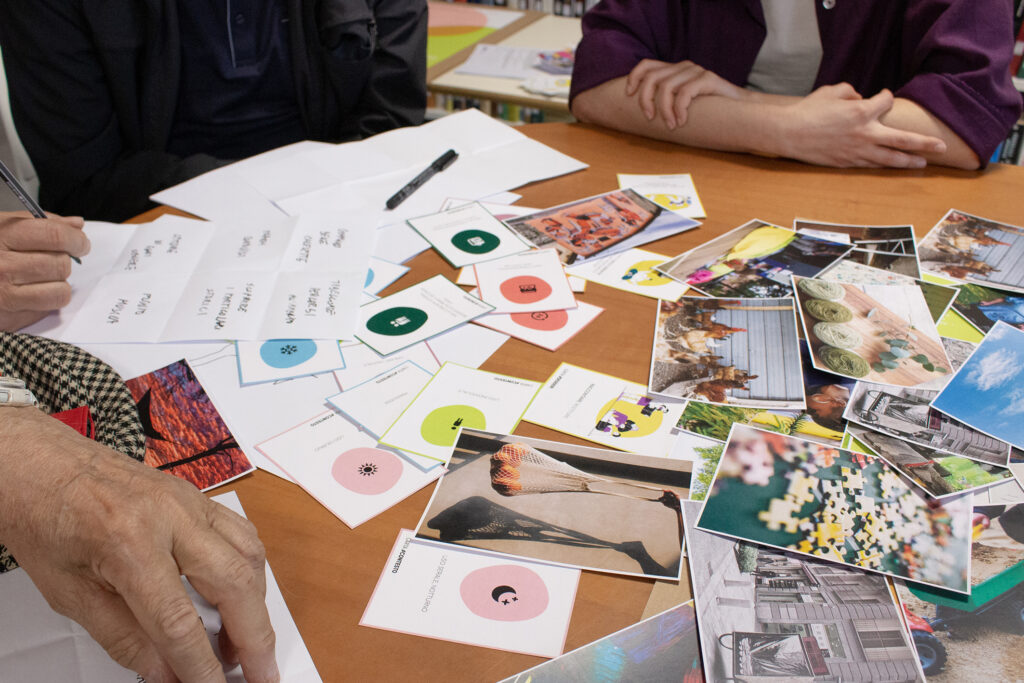Over the past four years, the SMOTIES – Creative works with small and remote places project has ventured into enhancing the livability of public spaces in ten small European towns. This ambitious initiative, part of the broader “Human Cities” network, has unearthed valuable insights into the complexities of engaging local communities in participatory design projects. Here, we explore some of the pivotal challenges faced and the lessons learned.
Communicating Future Visions
One of the significant hurdles has been explaining the concept of “Windows to the Future.” While this forward-thinking term holds promise and vision, it often left locals perplexed. The challenge lay in making such abstract ideas relatable and understandable. It became clear that to bridge this gap, project teams needed to employ clear, tangible examples and relatable metaphors. Only then could the local population grasp and feel a connection to the project’s long-term objectives.
Bridging Cultural and Experiential Gaps
Another recurring issue was the difficulty in speaking the “same language” as the locals—not just linguistically, but also culturally and experientially. Effective communication strategies had to be developed, taking into account local idioms, cultural references, and contextual nuances. This approach was essential in fostering mutual understanding and ensuring that both project teams and locals were on the same page.
Sustaining Active Participation
Maintaining consistent involvement from the community throughout the project was another challenging aspect. Many locals felt detached or saw the project as an external intervention rather than a collaborative effort. It highlighted the necessity of creating consistent and engaging touchpoints to sustain interest and active participation over time. Without these, the project risked losing momentum and community support.
Identifying Key Local Stakeholders
Finding and engaging the right local stakeholders was not always straightforward. Influential figures who held the community’s trust were not immediately visible. It required persistent efforts to map out and connect with these individuals through community events, informal gatherings, and local networks. This step was crucial in gaining local support and valuable insights into the community’s needs and aspirations.
Harmonizing Diverse Expert Approaches
The interdisciplinary nature of the Human Cities network, involving professionals from design, art, and architecture, presented its own set of challenges. Harmonizing different expert approaches and methodologies required careful coordination and a shared framework. This was necessary to ensure cohesive project execution and avoid fragmented efforts that could dilute the project’s impact.
The Challenge of Sustained Engagement
The most formidable challenge identified by all partners was maintaining local engagement over the project’s lifespan. This aspect proved particularly daunting, as highlighted by various project members’ experiences: “Experience, also from other projects that run over a longer period of time (4 years in the case of SMOTIES), shows that a continuous or regular presence of external project partners in the locations is required. On the one hand, everyone must be given time to build up trust and, on the other hand, it must be shown that there is a genuine interest in the people and the tasks to be solved. Then there is a good chance that the locals will stay on the ball.”
In some of the towns the transient nature of the population, with most residents only present during the summer, compounded this issue. During off-peak seasons, maintaining engagement was particularly challenging. Even during peak times, residents were often preoccupied with personal activities, leaving little room for community involvement. Additionally, cultural traits such as the introverted nature of some of the Partners small and remote population further hindered active participation.
Moreover, there was often a gap between locals’ expectations and their willingness to participate. As one project member noted: “People often expect things to happen without their involvement. They want a change but not always are ready to be part of the change. Whether because of lack of time or being afraid of an exposed situation. It is also difficult to maintain engagement if the objective of the work is not tangible and achievable quickly.”
To address these issues, it was crucial for project partners to show continuous and visible commitment. Regular interactions, demonstrating genuine interest, and celebrating small, tangible achievements helped in building and sustaining trust and engagement. Fostering a sense of ownership and co-creation among locals also proved vital in transforming passive observers into active participants.
Moving Forward
The SMOTIES project has illuminated several critical challenges in engaging local communities in participatory design projects. From communication barriers to sustaining long-term engagement, these challenges underscore the need for strategic, culturally sensitive, and continuous efforts. By addressing these aspects, future projects can enhance their effectiveness and leave a lasting positive impact on the communities they aim to enrich.




